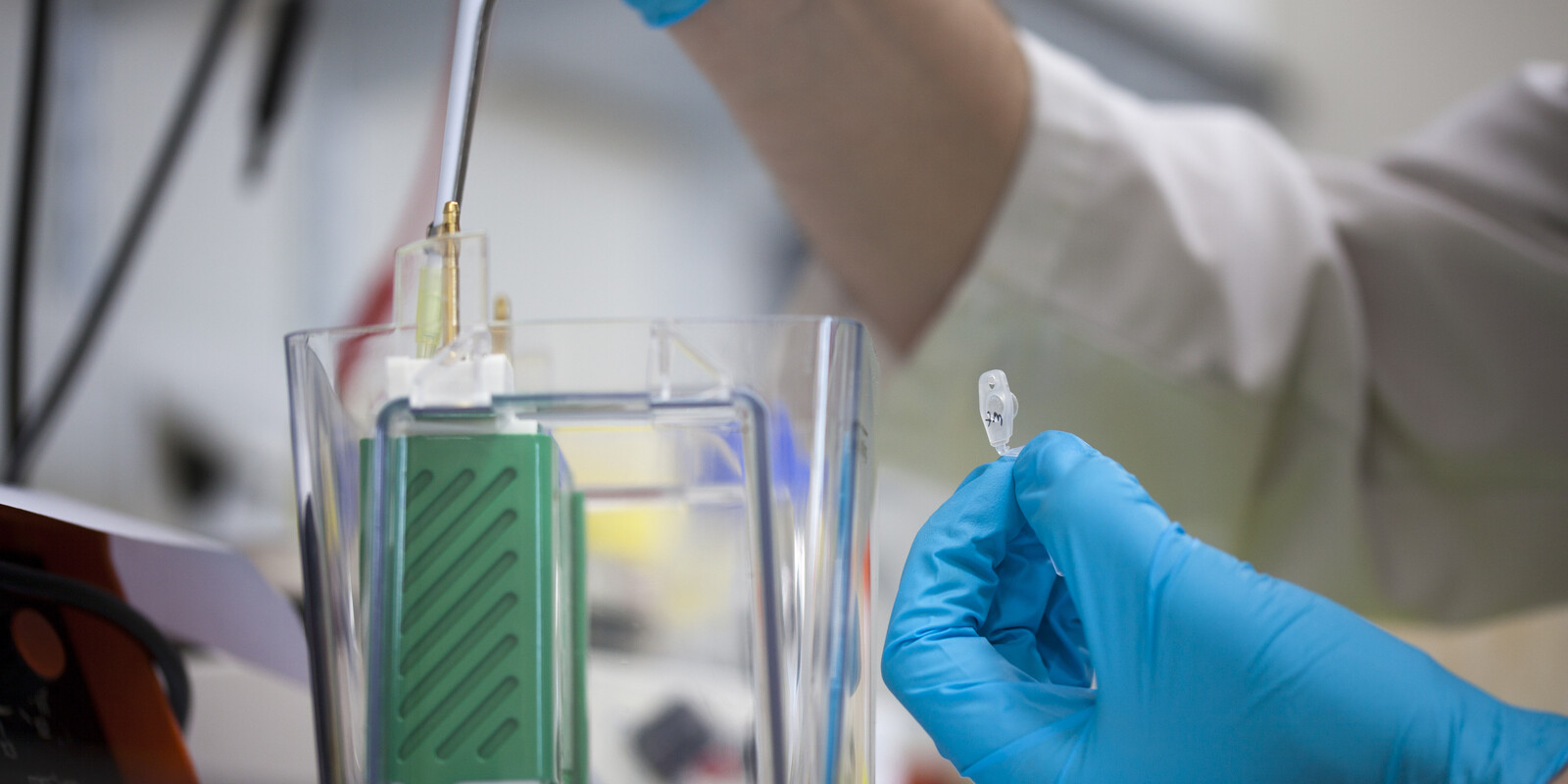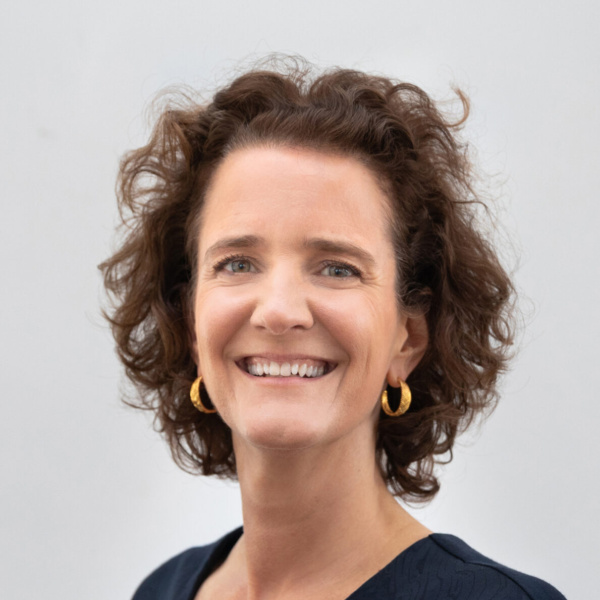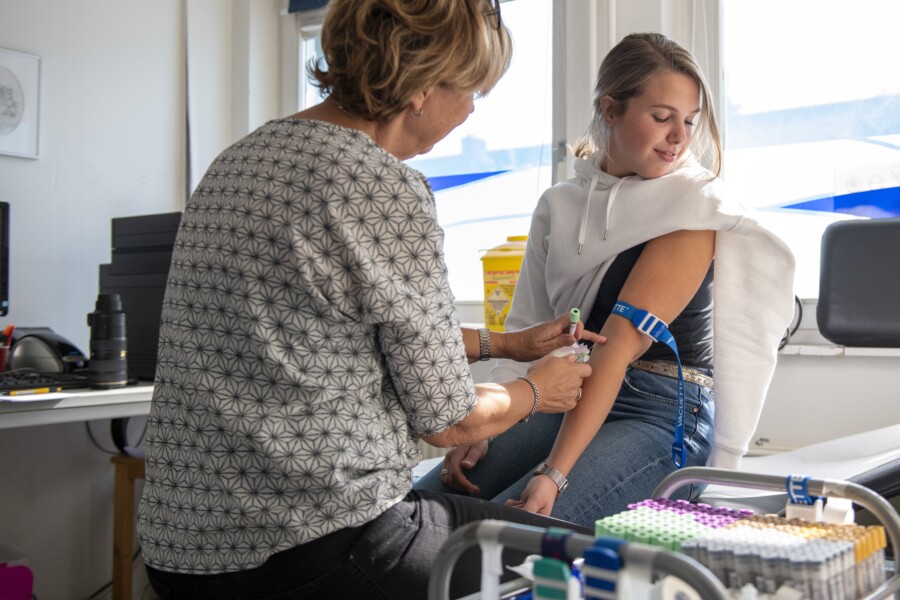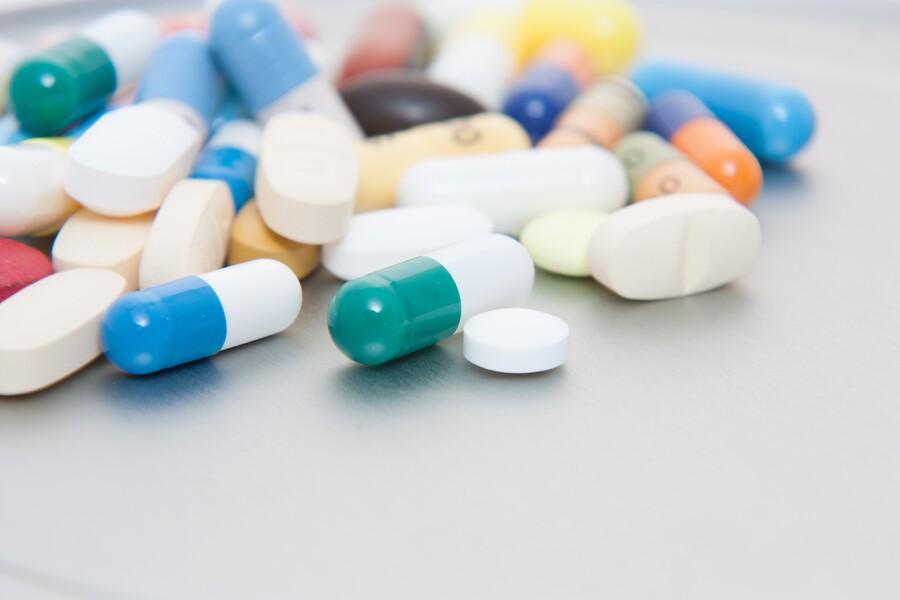The financial ecosystem of pharmaceutical R&D

The Ministry of Health, Welfare and Sports of the Netherlands commissioned a descriptive study into the financial ecosystem of pharmaceutical R&D, which was granted to a consortium of SiRM, L.E.K. Consulting and RAND Europe. The study’s overarching conclusion is that a drug’s expected financial return ultimately determines whether it is developed up to launch. A drug’s expected financial return is driven by its expected revenue potential. Therefore, global governments and (private) insurance companies’ expected willingness to pay for new drugs considerably influences the supply of novel drugs and the distribution across therapeutic areas.
What constitutes socially acceptable pharmaceutical prices? To what extent are these prices driven by research and development (R&D) costs? Where is public investment in pharmaceutical R&D most needed to resolve the system’s potential failure to address unmet societal needs? How do incentives affect investment decisions? How can socially responsible licensing be shaped? These and other questions are central to societal debates about innovative pharmaceutical drugs. To enable well-informed debates, a better understanding of the financial ecosystem of pharmaceutical R&D and how it operates is crucial. This need has prompted the Dutch Ministry of Health to commission a descriptive study to provide an objective fact-base.
This study’s overarching conclusion is that a drug’s expected financial return ultimately determines whether it is developed up to launch. Assessment of expected financial return incorporates multiple interconnected factors, including but not limited to commercial potential, investment cost, availability of capital, the potential for scientific and medical advancement, strategic fit and risk. The relative importance of these factors varies by investor and evolves as drugs move through the drug-development continuum. A drug’s expected financial return is driven by its expected revenue potential. Therefore, global governments and (private) insurance companies’ expected willingness to pay for new drugs considerably influences the supply of novel drugs and the distribution across therapeutic areas. Other important factors influencing the supply of novel drugs are the pace and nature of scientific advances, the ability of R&D systems to leverage data and digital technology advances to inform innovative clinical trial designs, and regulatory developments.
The two arguments of this conclusion are set out below, after an overview of the pharmaceutical R&D market.
Pharmaceutical R&D is a multistakeholder and increasingly complex $300bn global market
A growing recourse to collaboration between executors of pharmaceutical R&D has taken place over recent decades, increasing the number of potential routes for launching novel drugs. This study distinguished roughly seven different archetypes of pharmaceutical development routes to provide an overview.
Big biopharma is the largest funder of pharmaceutical R&D, representing almost two-thirds of total R&D investment of circa $300bn in 2020 globally. Public-sector and not-for-profit organisations account for more than a quarter, and the remaining 10% is attributable to venture capitalists (VCs). VC investment is proliferating rapidly, mainly driven by the Asia-Pacific region (APAC).
For the company executing the R&D, the average out-of-pocket R&D costs to develop one drug are $280–$380m. In contrast, a single approved drug costs the system $2.4–$3.2bn on average. The latter figure includes the costs for drugs that fail to reach the market and capital costs.
Ultimately, a drug’s expected financial return determines whether it is developed up to launch
A drug’s expected financial return ultimately determines whether it is developed up to launch. Early research is often funded by public-sector and not-for-profit organisations mainly motivated by creating societal impact. However, private investment is needed to bring a drug to launch. VC investment is particularly important for overcoming the ‘translation gap’, and big biopharma plays a crucial role in financing late-stage clinical development phases.
Private investors seek sufficiently high risk-adjusted financial returns for their investors and shareholders, and their assessment of expected financial returns varies. VCs look for assurance of a likely end-market for potential new products, picking science-based investments across their portfolio that will outperform the average risk profile of early-stage companies. As products progress through development stages and the risk profiles begin to diminish, big biopharma conducts assessments of commercial potential. These assessments are driven by more detailed assumptions of addressable patient populations, levels of unmet need, drug-value propositions, expected uptake and pricing potential. They must then weigh that return against the investment required to bring a product to market and broader strategic considerations across the entire product portfolio.
Expected global willingness to pay considerably influences the supply and distribution of novel drugs
The expected willingness to pay for new pharmaceutical drugs in key global markets considerably influences the supply of novel drugs and the distribution across therapeutic areas. Lower expected willingness to pay for drugs could result in fewer novel drugs being launched in the coming decades. Due to affordability issues in key global markets – largely driven by the higher prices associated with more personalised approaches and segmented markets – willingness to pay may come under pressure. Drugs with the highest expected willingness to pay are most likely to be developed within the life-sciences sector. Other areas, such as some non-life-threatening diseases and areas where suboptimal alternative treatments exist, may thus struggle to secure investment.





